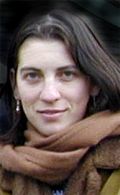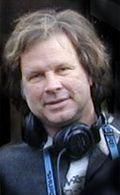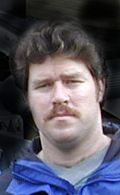 | ||||||||||||
| text | ||||||||||||
| Feature Interview - Rick Schmidt | ||||||||||||
     from top to bottom, collaborators: Rick Schmidt, Lawrence E Pado, Maya Burthoud, Dave Nold and Morgan Schmidt Feng (Co-producer & Dir. of Photography) | t t t | t | text | i | txe | |||||||
| Could you outline your history in the film industry? My history "in the film industry" began in 1970 when I shot my first video that became transferred to 16MM and edited to become a short called "The Legal Operation." From there I became roommates with director Wayne Wang (who then wasn't the director of The Joy Luck Club or Smoke of course...just a graduate student in film). In 1973 we co-directed our first feature together, entitled A MAN, A WOMAN, AND A KILLER, which and ended up winning Director's Choice award at the Ann Arbor Film Festival. With that movie I won a $10,000 grant from the American Film Institute (AFI) to make another feature, Showboat 1988-the remake, completing it in 1978 and getting shown at the London Film Festival resulting in a sale for two showings on Channel 4 in England. My only entry into "the real film industry" was editing Wayne Wang's, Chan is Missing. He hired me to do the final cut, leaving me alone in the edit room while I pulled yards and yards of footage out, switched scenes around, conceived and constructed the opening credit sequence, helped to make it into a cohesive feature. Still hard to believe that I help create a movie that earned millions and is now preserved at the Library of Congress along with Star Wars! After Showboat 1988 came the features Emerald Cities in '83, Morgan's Cake in '88, American Orpheus in '92, and a series of feature-length movies made with collaborators at my Feature Workshops (www.lightvideo.com/workshop.htm>), including Blues For The Avatar, and the movies co-produced with my son Morgan Schmidt-Feng: someone like me, Welcome To Serendipity, Loneliness is Soul, Maisy's Garden, Crash My Funeral, Sun and Moon and Chetzemoka's Curse (DOGME NO. 10). You've made 13 low-budget features. Is that through choice or circumstance? What led you to write 'Feature Filmmaking at Used Car Prices'? What are the most common ways low-budget filmmakers waste money? What would be your top three tips for saving money on a shoot? | ||||||||||||
| ||||||||||||